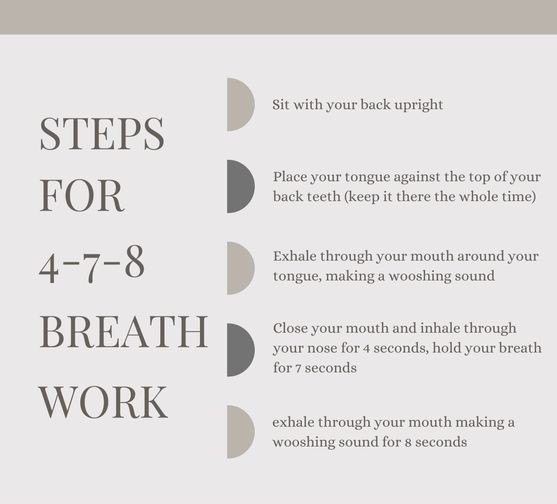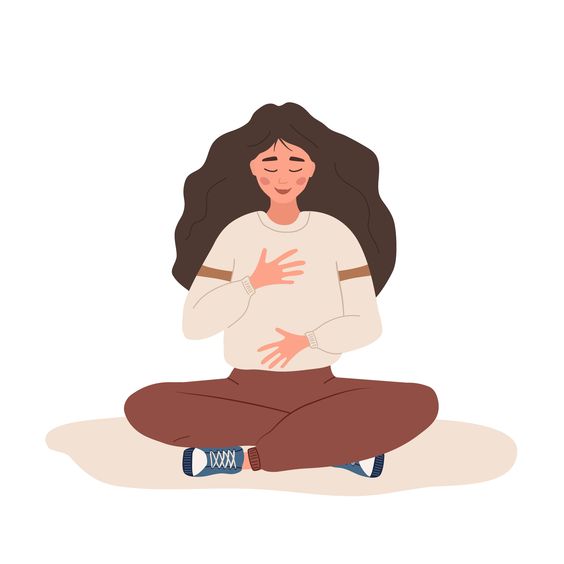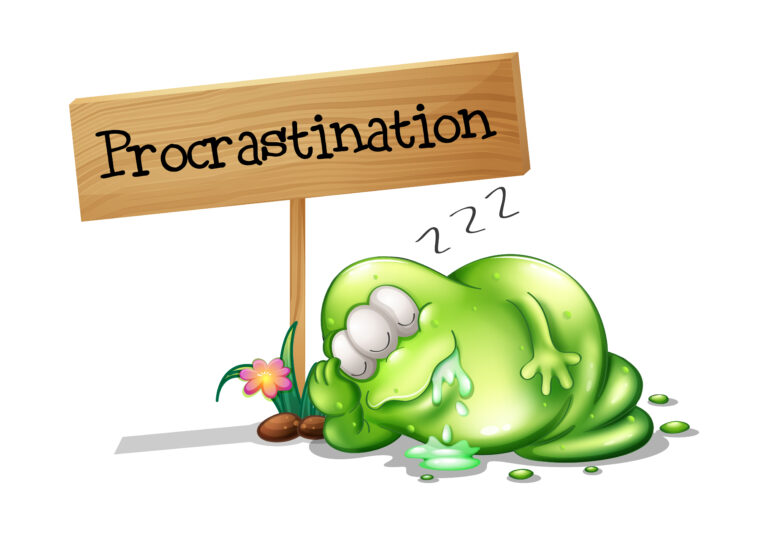10 De-Stress Techniques

Stress is a physiological response to internal and external threats or perceptions of danger. The body responds to distress by activating the fight or flight response, also known as the stress response or anxiety.
How Does Stress Occur?
When you have an impending deadline, work pressure, or heartbreak, the body picks up the turmoil through sensory nerves. The impulses get transmitted to the amygdala, the stress response center where processing occurs. The amygdala then signals the hypothalamus to activate the sympathetic nervous system by sending signals to the autonomic nerves.
The autonomic nerves stimulate the release of adrenaline, a hormone, in the adrenal glands. The hormone is central in sustaining the fight or flight response.
- Adrenaline increases your heart rate, breathing, and pulse to raise oxygen intake and circulation into the brain and muscles, giving you an energy surge for fight or flight. However, this makes you feel like you have a heart attack and have difficulty breathing from the heightened cardiovascular activity.
- It also augments muscular contractions for fighting or fleeing from danger.
- It heightens alertness and concentration, enabling you to beat the deadline in a short time, move quickly from oncoming traffic, or stay awake at night because of a heartbreak.
- Adrenaline also stimulates cortisol secretion, which induces the breakdown and release of glucose from stored reserves in the body. The brain and muscles burn glucose using oxygen to generate energy.
- Cortisol also inhibits activities in the digestive system inducing nausea, diarrhea, constipation, or appetite suppression to turn all psychological attention to the stress response.
How to Regulate Stress
Although stress is a natural response that saves you from danger, too many life issues can overstimulate its activation, leaving you in a perpetual anxious state. Here are ways to help you manage stress and anxiety.
Progressive Muscle Relaxation (PMR)
PMR is an old stress-relieving technique developed by Dr. Edmund Jacobson in the 1920s. Research shows that PMR is effective in reducing anxiety and depression. It entails tightening and relaxing one muscle at a time. In doing so, you shift your attention from the stressor to the muscular activity. Thus, effectively inhibiting the stress response.
Sit quietly and close your eyes to enhance the mindfulness of the activity. Then slowly clench your fists and relax the muscles. Continue with the routine until you notice the build-up tension from the anxiety fading away.
Body Scan
The body scan is a mindful activity with research backing its efficacy in relieving stress. Jon Kabat-Zinn developed the technique using Buddhist teachings. It entails quieting the mind and focusing internally on body areas experiencing the most tension. The mindfulness technique improves interoceptive learning or simply the ability to become aware and respond appropriately to internal stimuli.
Sit in a comfortable position and close your eyes to maintain focus on how your body feels. Begin from the feet moving through to other body parts. Breath through it to release the pain or discomfort if you sense tension and pressure from a particular area.
Alternate-Nostril Breathing
Alternate-Nostril breathing is a controlled-breathing technique that takes your focus from the stressor, enabling you to calm down and relax. Thus, effectively suppressing the stress response. The exercise is a yogic tradition that dates back to the Yoga Sutras of Patanjali. Perform the activity by holding down one side of your nose with your finger and breathing through one nostril, then switch to the other at set intervals.
Box Breathing
Box breathing is a technique founded on pranayama, an Ayurvedic breathing exercise in India. Like most breathing techniques, it takes the attention of the stressor or trigger, consequently inhibiting the stress response. It is especially efficient for managing high-stress situations.
Box breathing has four steps.
- Inhale slowly while counting to four
- Breathe deeply and hold your breath while counting to four
- Exhale while still counting to four
- Take a deep breath while counting to four
4-7-8 Breathing

The 4-7-8 breathing technique is also known as relaxing breath. It entails inhaling for four seconds, holding your breath for seven seconds, and exhaling for eight seconds. Dr. Andrew Weil developed this mindful breathing exercise. It is beneficial in helping you exhale.
Adrenaline triggers deep and rapid breathing to increase oxygen supply in the stress response. Unfortunately, this causes hyperventilation because of increased oxygen concentration in the blood than carbon dioxide getting out. You may feel like you cannot breathe or are gasping for air.
The relaxing breath exercise helps you focus on regulating your breathing. Thus, you can inhale short breaths of oxygen and exhale long carbon dioxide breaths. Research shows this technique is effective for someone with difficulty exhaling.
Belly Breathing

Lie down or sit with your arms on your belly and take deep breaths until your tummy fills up like a balloon. Slowly release your breath until the belly deflates. The breathing exercise is perfect for clearing your lungs, helping them to loosen up from the tightness triggered by adrenaline’s action on the lungs. The breathwork is part of diaphragmatic breathing and counters simulation from the fight or flight response by enhancing relaxation.
Lion’s Breath
Lion’s breath is breathwork founded by Patrick McKeown, M.A. using pranayama yoga traditions. It entails forceful mouth exhalations with the tongue out and facing the chin. It helps release carbon dioxide during the stress response since the body favors inhaling in that instance.
Resonance Breathing
Resonance frequency breathing entails taking slow deep breaths in 3 to 7 rounds per minute. The exercise inhibits the autonomic nervous system responsible for stimulating adrenaline, the stress hormone. The technique also lowers blood pressure and heart-pumping rate and triggers body relaxation.
Diaphragm Release
The diaphragm release exercise is part of Chintamani yoga and makes breathing easier. The stress response disrupts breathing by increasing inhalation and reducing exhalation. It also keeps the diaphragm in spasms.
The diaphragm muscle needs to be released for you to exhale properly during a stress response. The exercise starts with you feeling the diaphragm to identify tension spots. When you find a tender region, inhale and exhale and contract the diaphragm by coughing to release the tension.
Stretching

Relaxing stretches are also excellent for reducing stress, circulation difficulties, and muscular tension triggered by the fight or flight response. Research shows that stretching exercises reduce anxiety, bodily pain, and physical exhaustion. Stretching also stimulates mood improvement. You can combine a breathing technique with a stretching exercise.






